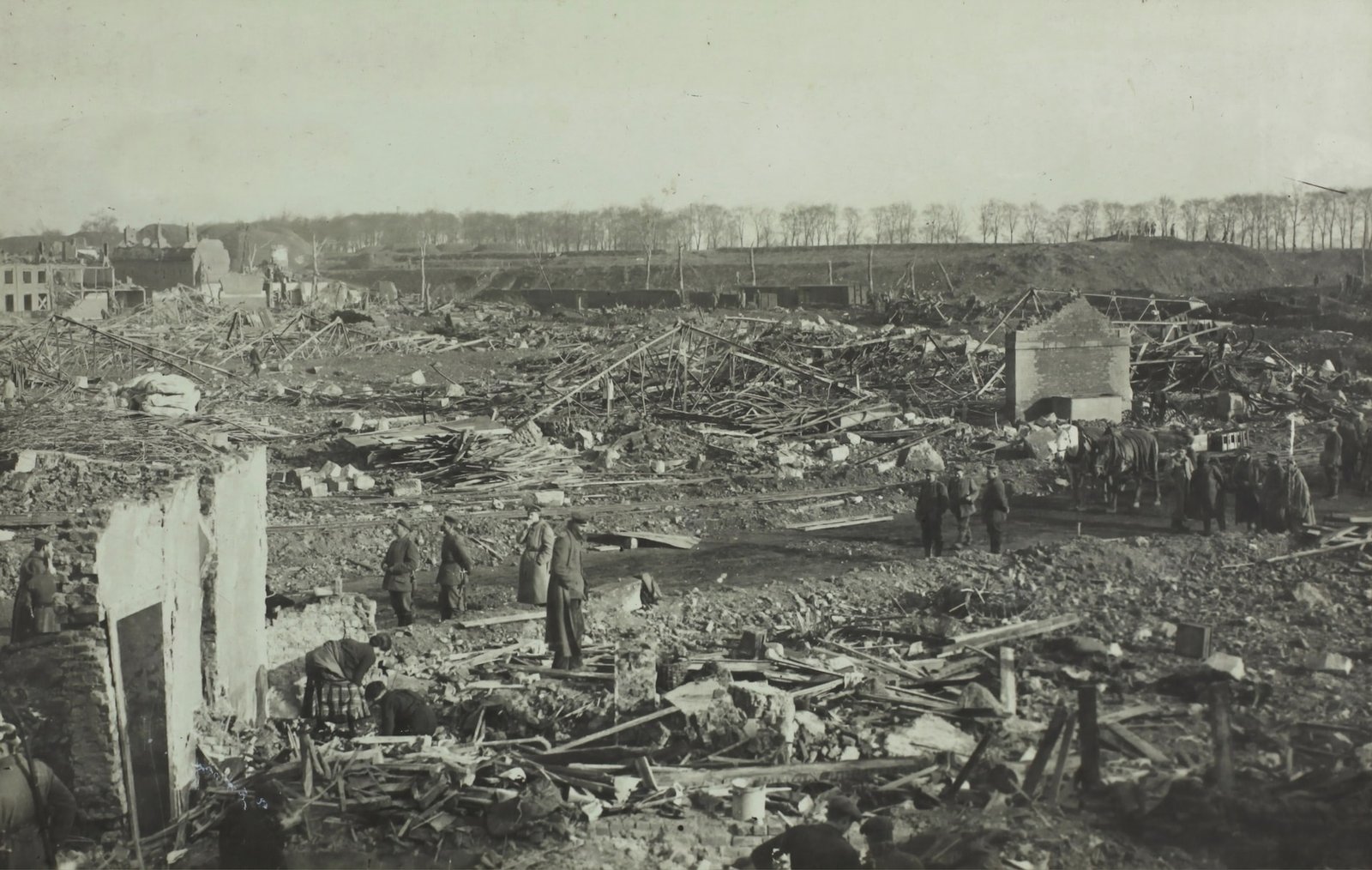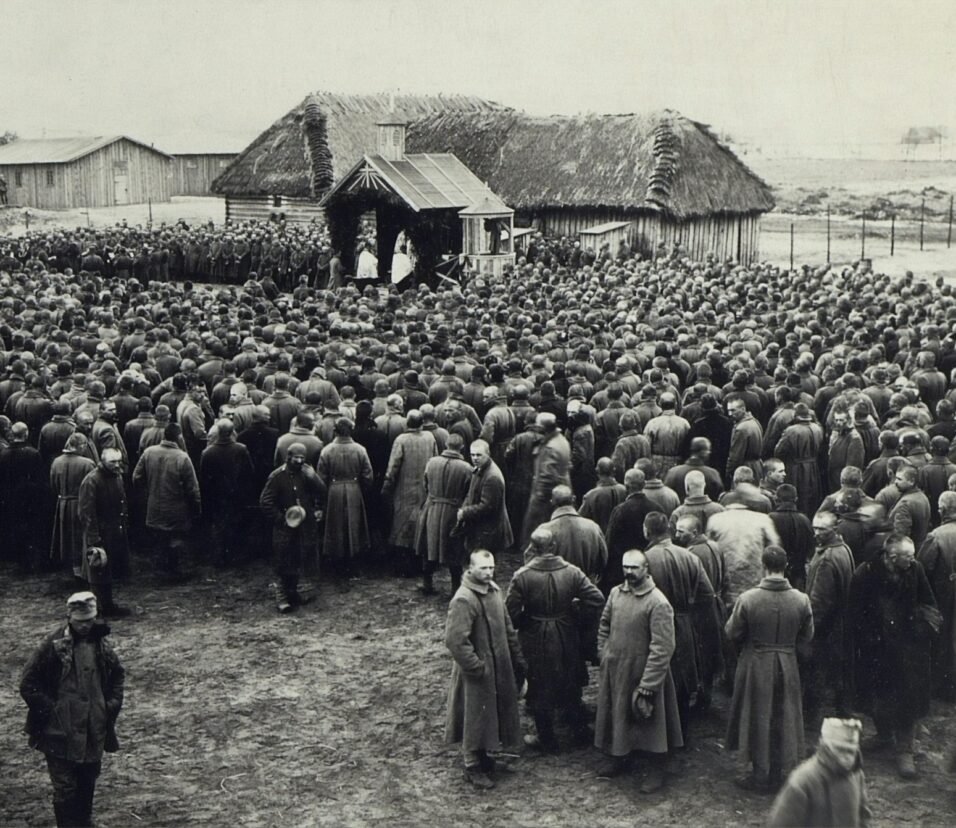The Holocaust stands as a tragic chapter in human history, marked by unimaginable cruelty and remarkable endurance. This comprehensive look into the Holocaust examines its origins, the horrific events that unfolded, and its enduring influence on the world. It’s a stark reminder of humanity’s capacity for both evil and resilience, providing crucial lessons for future generations.
Understanding the Holocaust
The Holocaust was not an isolated event; rather, it was the result of a series of events and ideologies that gradually merged into one of the most tragic chapters in history. Recognizing and understanding these contributing factors is essential to prevent similar horrors from happening in the future.
The Beginning of Oppression and the Emergence of Nazi Power
The Holocaust began with Adolf Hitler’s rise to power and the Nazi Party’s expansion in Germany. After the end of World War I, Germany grappled with deep economic difficulties, made worse by the demanding terms of the Treaty of Versailles. During these tough times, Hitler’s extreme dislike for Jews and his influential leadership style found support. His ideas about racial purity and German superiority resonated with a population eager to blame someone for their hardships.
How the Holocaust Progressed
The Holocaust progressed through progressively harsher steps targeted at eliminating Jews and other groups considered ‘inferior’ by the Nazis. The Nazis began by enacting discriminatory laws like the Nuremberg Laws, stripping Jews of fundamental civil rights, and initiating their broad exclusion from society. This led to the establishment of ghettos, where Jews were forcibly segregated and suffered terrible living conditions. These actions set the stage for the increasingly violent persecution and atrocities that came to characterize the Holocaust.
Understanding Concentration and Extermination Camps
As World War II engulfed Europe, the Nazis initiated their most dreadful scheme, the ‘Final Solution,’ targeting the total eradication of the Jewish population. This appalling strategy led to the creation of over 40,000 camps across Nazi-occupied regions. Notable among these were concentration camps like Dachau and death camps such as Auschwitz. These sites became epicenters of horrific crimes, where millions – including Jews, Romani individuals, people with disabilities, homosexuals, political adversaries, and Soviet POWs – were methodically exterminated.
Global Reaction to the Holocaust’s Atrocities
As the Allied forces liberated Europe from Nazi rule, they uncovered the concentration and extermination camps, exposing the full scale of the Holocaust’s atrocities. This shocking discovery brought the world face to face with an unfathomable level of cruelty and suffering endured by millions. It forced the global community to confront the extreme depths of human wickedness and underscored the urgent need for a united effort to prevent such genocides from happening in the future.
The Legacy of the Nuremberg Trials
After World War II, the Nuremberg Trials were held to hold Nazi war criminals accountable. These trials marked a significant moment in the history of international law, setting standards for prosecuting war crimes and crimes against humanity. Yet, these trials were just the start of a long process of coming to terms with the Holocaust. In the years that followed, the stories of survivors, extensive research, and public memorials have all played a part in keeping the memory of the victims alive and teaching future generations about the perils of hatred and intolerance.
Anti-Semitism and Propaganda
At the core of the Nazi regime’s tactics was the spread of anti-Semitic beliefs. The Nazis used constant propaganda to demonize Jews, blaming them for Germany’s economic and social issues. This hateful propaganda spread through media, schools, and art, fostered an atmosphere where such deep-seated hatred could grow without question.
The Ghettos
Before being sent to death camps, Jews were first forced into ghettos – cramped and isolated sections of cities like Warsaw and Lodz. These ghettos were places of immense suffering, where people faced hunger, illness, and terrible living conditions. This grim period in the ghettos was just the beginning, a cruel preview of the even greater horrors that were yet to come. The ghettos were a step in the Nazis’ plan, moving from separating and mistreating Jews to their ultimate goal of complete extermination.
The Lasting Impact of the Holocaust
Today, the Holocaust stands as more than just a historical event; it’s a powerful reminder of why we must always stand against hatred, racism, and fear of others. It highlights how crucial it is to protect human rights and embrace diversity and tolerance in our communities. The lessons from the Holocaust remain relevant, teaching us the destructive outcomes that can arise if we let hatred grow without challenge.
In summary, the Holocaust serves as a stark reminder of human capability for cruelty, yet it also symbolizes hope, strength, and an unending quest for justice. Its enduring impact urges us all to actively combat discrimination and to always defend the dignity and rights of every person.







